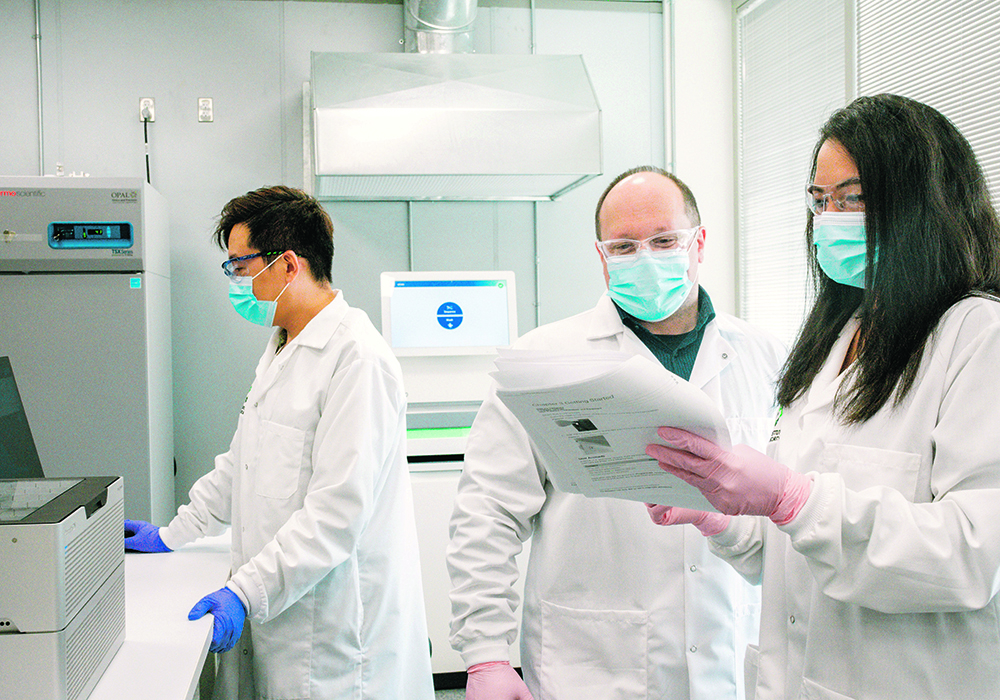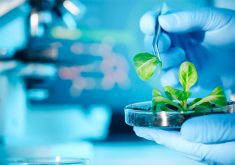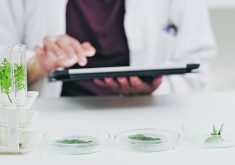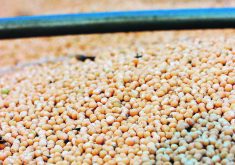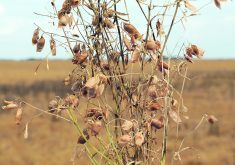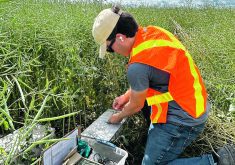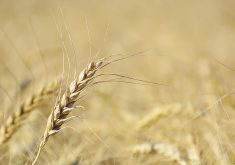It is also expected to help livestock breeders with health, production, efficiency, reliability and resiliency improvements
Canada’s first fully integrated Omics and Precision Agriculture Laboratory is ready to offer its services.
Steven Webb, chief executive officer at the Global Institute for Food Security at the University of Saskatchewan where the new lab is located, said OPAL provides analytical and computational services to study genomics, phenomics (organism traits) and bioinformatics (analyses of biological data).
“It’s very unique and it’s a full-service shop where we offer the sequencing services, the bioinformatic services, genomic services and continuing to grow that technology platform out as well,” said Webb.
Read Also

Farming Smarter receives financial boost from Alberta government for potato research
Farming Smarter near Lethbridge got a boost to its research equipment, thanks to the Alberta government’s increase in funding for research associations.
To achieve sustainable food security, he said governments, industry, producers, researchers and others need to contribute.
He said OPAL’s technologies will accelerate plant-breeding efforts.
“As we look at improving the nutritional quality of our crops related to outputs from the protein industry supercluster, we’re adding more and more needs for our crops in the field. OPAL can help breeders manage that complexity through data acquisition, but also the machine learning artificial intelligence as part of the OPAL platform,” he said.
“For growers, it’s a better bag of seed and this is the technology that drives the process to improve that bag of seed.”
While it is not yet operating at full capacity, OPAL will eventually assist breeders with animal improvement related to health, production, efficiency, reliability and resiliency.
Webb said OPAL combines analytical and computational services with the latest imaging and agricultural technologies, such as global positioning systems, unmanned aerial vehicles, aerial imaging of plants and in-field environmental monitoring.
“We’re using OPAL as the vehicle to deploy those tools and technologies to get to breeders in the marketplace,” he said.
OPAL was also created to address challenges such as climate change and limited water and nutrient resources.
Last summer the lab was used in the fight against the pandemic.
OPAL’s ability to analyze genetic material on large scales was adapted to support the Saskatchewan Health Authority’s diagnostic testing for COVID-19, which involved genetic testing and sequencing, virus detection, protein analysis, and gene expression.
Webb said a number of tools and technologies used in agriculture and food research and development are also used in medical science.
“We were really proud that they asked because we use the same stuff that the medical field uses. That’s how sophisticated ag is. And we’re glad that we were able to donate it to help bridge a gap in the testing capability that the province had early on in the pandemic. It was the right thing to do and I think it’s illustrative of how OPAL can be seen.
“It’s important to remember that pandemics are not just issues that affect humans. They can also affect animals. They can also affect plants. (OPAL is) using the most advanced technologies and it’s what we use to drive innovation in agriculture. It’s the same technology that we use in the medical fields.”
OPAL is a not-for-profit partnership founded by Agriculture Canada, the National Research Council of Canada and the University of Saskatchewan, with investment from Western Economic Diversification Canada. GIFS manages it on behalf of those three partners.
“The cost to build a state-of-the-art integrated platform like OPAL was beyond the reach of all of the partners individually, but collectively it was within reach,” said Webb.
“If you built three of these they’d never be fully utilized, but by building one that’s really good, it gets utilized and it gets utilized efficiently.”




